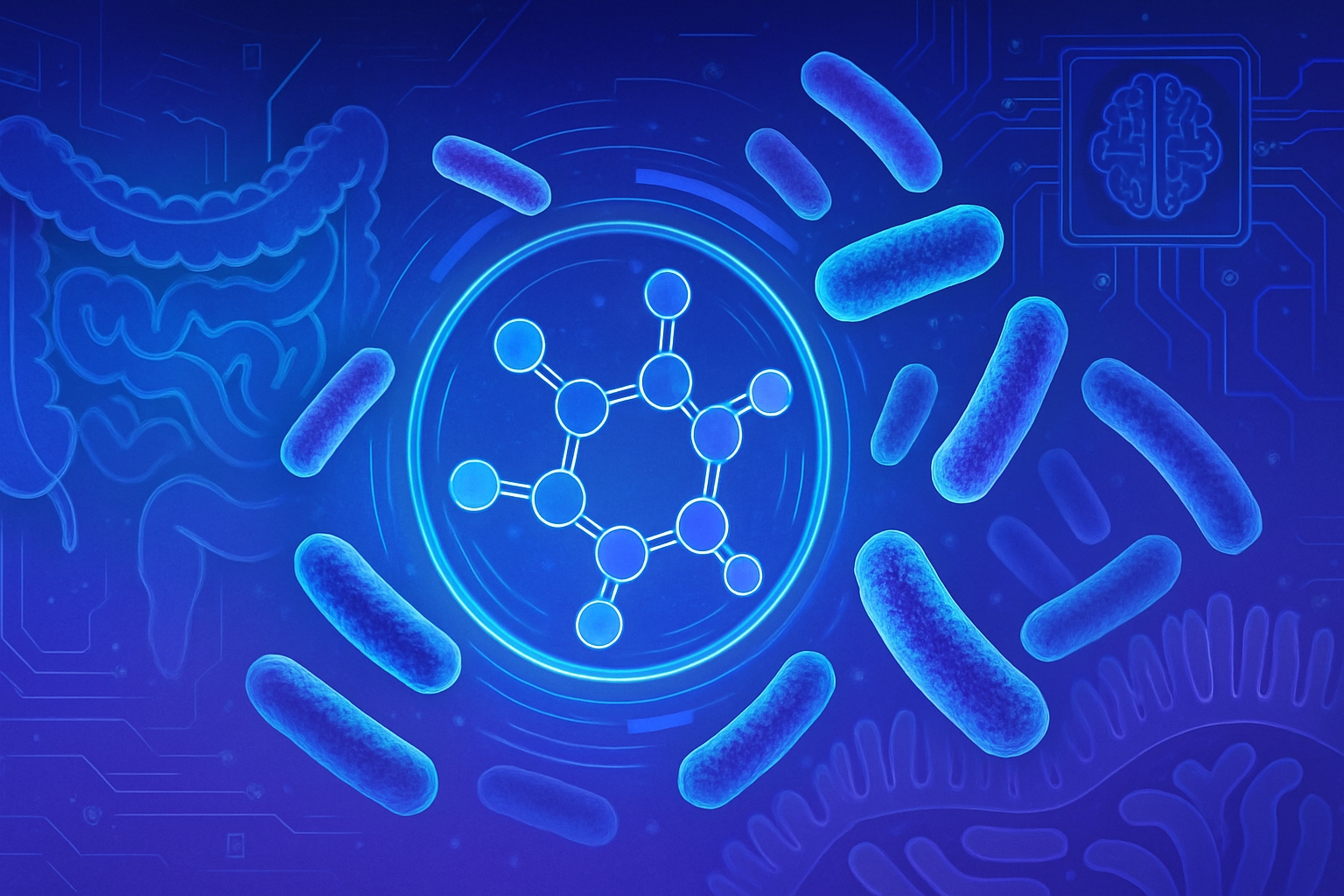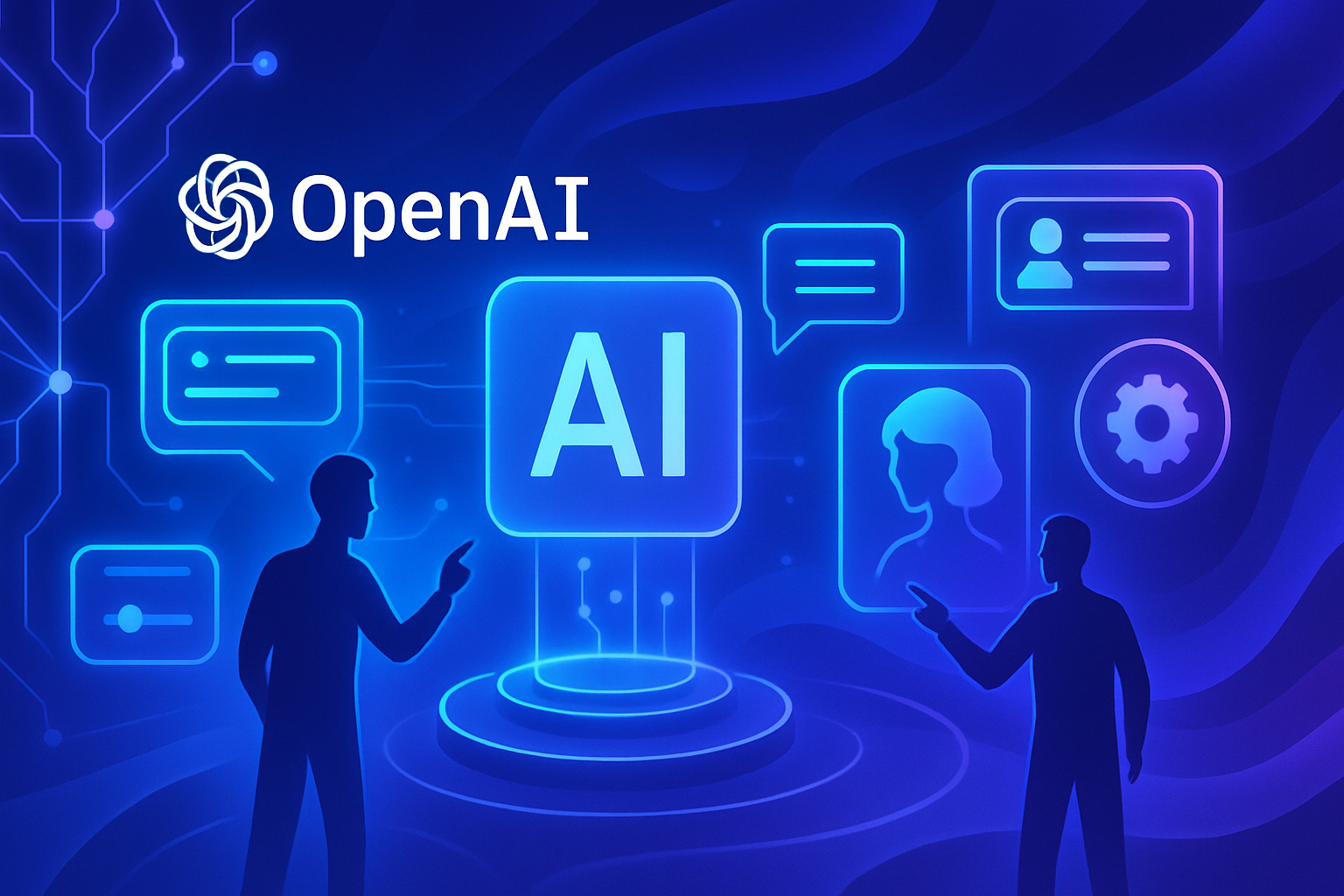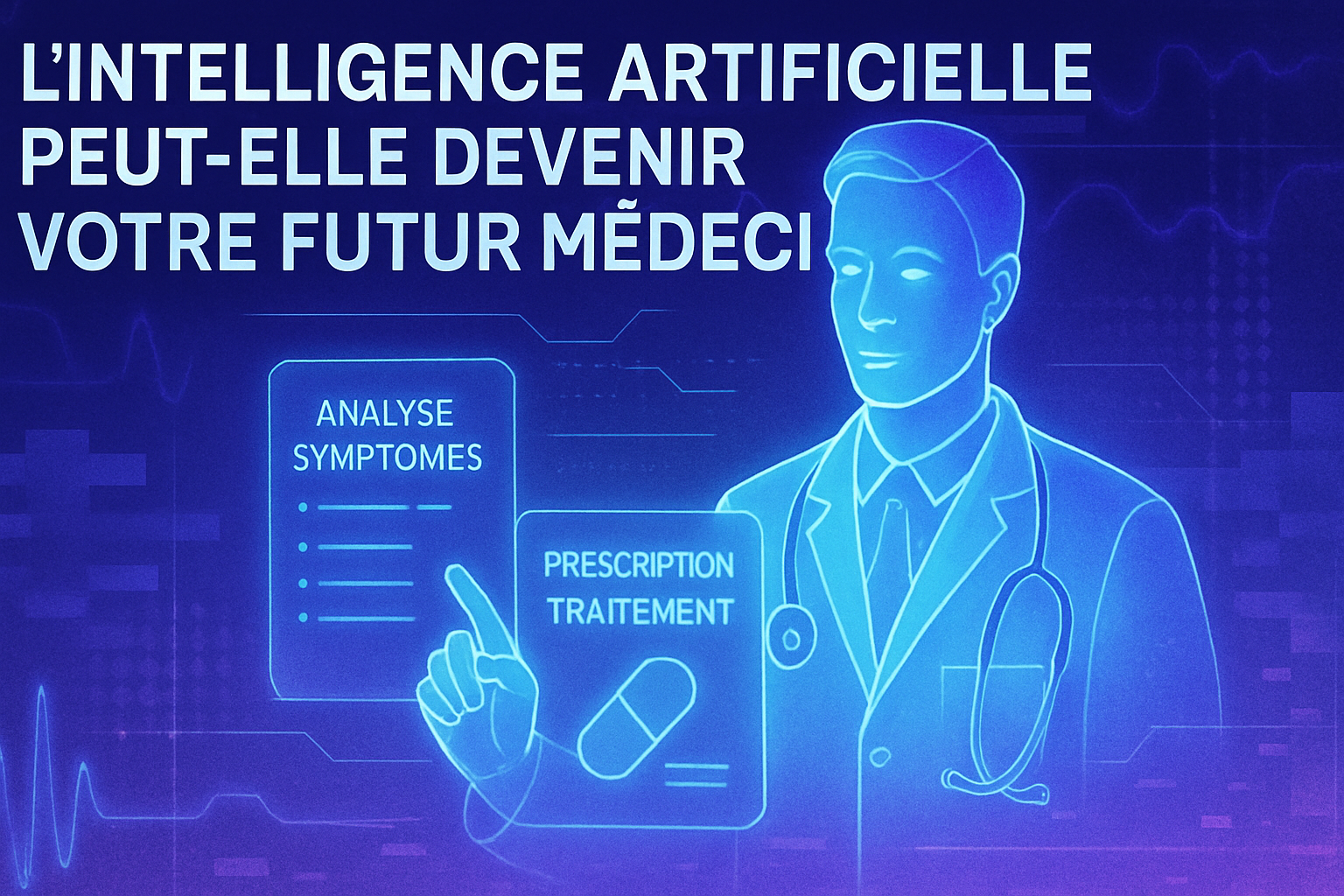The eradication of unwanted bacteria in the intestine represents a major public health challenge. The emergence of a new specific antibiotic, enterololin, marks a promising advancement in the treatment of inflammatory bowel diseases. AI, with its ability to analyze complex mechanisms, redefines our approach to medicine by targeting these pathogens without disrupting the microbial ecosystem. At the heart of this innovation, understanding bacterial interactions becomes essential to design precise and effective therapies.
AI reveals the mechanisms of a new antibiotic targeting intestinal bacteria
Antibiotics, used in the treatment of inflammatory bowel diseases, present a real dilemma. Broad-spectrum drugs, often prescribed during inflammatory flares, can destroy beneficial microorganisms in addition to pathogens, thus worsening symptoms. Recent research conducted by the Massachusetts Institute of Technology (MIT) and McMaster University has highlighted a new compound, enterololin, which offers better targeting.
Specific targeting of bacteria
Enterololin works by suppressing a particular group of bacteria linked to the worsening of Crohn’s disease flares while preserving the balance of the microbiome. Research has been accelerated thanks to a generative AI model, allowing for rapid mapping of the compound’s functioning in months instead of the usual years.
The challenges of discovering antibiotics
The development of precision antibiotics requires a detailed understanding of the mechanisms of action. Jon Stokes, the lead author of the study and a professor at McMaster, emphasizes that the real challenges lie in determining the specific effects of molecules on bacteria. Without this understanding, transforming antibiotic candidates into safe therapies becomes tricky.
Promising results in mouse models
Tests conducted on mouse models of Crohn’s-type inflammation have revealed encouraging results. Enterololin focuses on Escherichia coli, a harmful intestinal bacterium, while leaving the majority of other inhabitants of the microbiome intact. Rodents treated with enterololin showed faster recovery and a healthier microbiome than those who received vancomycin, a traditional antibiotic.
DiffDock technology for target identification
The discovery of enterololin relies in part on the use of DiffDock, an AI model developed by researchers at MIT. This technology predicts how small molecules fit into protein binding pockets, a tricky problem in structural biology.
Validation through laboratory experiments
Researchers confirmed the predictions of DiffDock by conducting laboratory experiments. By developing enterololin-resistant E. coli mutants, they found that the genetic modifications corresponded precisely to the predictive regions identified by the AI. Further studies, such as RNA sequencing, highlighted disruptions in pathways related to lipoprotein transport.
Future impacts of AI in antibiotic discovery
The work illustrates an evolution in the use of AI within life sciences, providing essential mechanistic explanations to advance drug candidates. Stormes emphasizes the acceleration of the process, rarely achievable with conventional methods, which significantly reduces development time and costs.
Enterololin is still in the early stages, but the work of Stokes’ spin-off company, Stoked Bio, enhances prospects for human use. Preliminary studies on its derivatives also aim at other pathogenic strains. Clinical trials could start in a few years.
Societal and scientific consequences
The quest for narrow-spectrum antibiotics could offer treatments without damaging the microbiome. The use of AI tools like DiffDock could revolutionize the search for new antimicrobials. Targeted antibiotics like enterololin could significantly improve the quality of life for patients with inflammatory diseases and combat the rising tide of antimicrobial resistance.
Experts such as Yves Brun from the University of Montreal emphasize that AI is becoming an essential tool in this fight against resistant bacteria. The powerful combination of AI and experimental approaches strengthens efforts to develop effective therapeutic treatments, marking an unprecedented advancement in the field.
Frequently asked questions
What is enterololin and how does it work?
Enterololin is a new compound that specifically targets certain bacteria linked to flares of Crohn’s disease while preserving the intestinal flora. This compound works by binding to a protein complex essential for the transport of lipoproteins in certain bacteria.
Why can broad-spectrum antibiotics worsen symptoms in patients with inflammatory bowel diseases?
Broad-spectrum antibiotics eliminate not only harmful bacteria but also beneficial microbes from the microbiome, which can lead to a deterioration of symptoms.
How has AI been used to discover enterololin?
Researchers used an AI model, DiffDock, to predict how enterololin binds to specific proteins, which helped reduce the time needed to identify its mechanism of action.
What is the potential impact of enterololin on patients’ quality of life?
If enterololin proves effective, it could reduce the symptoms of inflammatory bowel diseases without damaging the microbiome, thereby improving patients’ quality of life.
How does enterololin compare to traditional antibiotics like vancomycin?
In mouse models, enterololin allowed for faster recovery and better preservation of the microbiome compared to vancomycin, highlighting its potential as a targeted antibiotic.
What challenges do researchers face in developing new antibiotics?
Challenges include understanding the mechanisms of action of molecules and the time and costs associated with the development process, often exacerbated by bacterial resistance.
When could clinical trials for enterololin begin?
Clinical trials could start in a few years as researchers are optimizing the properties of enterololin for potential human use.
What broader implications could the use of AI in drug discovery have?
The use of AI can accelerate the process of identifying the mechanisms of action of new drugs, making the development of targeted therapies faster and less expensive.






